3 Things We Liked & 1 Thing We Disliked About The Premiere Of "What Comes After Love"
Even though we may not know exactly when or how a relationship will end, the thought that relationships come with an expiration date lingers in the back of everyone’s mind. In a world where everything is uncertain, is it foolish to believe in everlasting love—and if it exists, where can it be found?
Based on Gong Ji Young and Tsuji Hitonari’s bestselling joint novel of the same name, “What Comes After Love” tells the story of Hong, played by Lee Se Young, a young literature student who moves to Japan on a whim, despite her mother’s disapproval. On her first day in Tokyo, she meets Jungo (Sakaguchi Kentaro), a sweet literature student and writer. Like every classic “girl-meets-boy” story, Hong and Jungo fall head over heels in love. However, despite their strong feelings for each other, they break up, and Hong returns to Korea. Five years later, their paths cross again, this time in Seoul, Korea. Jungo has become a writer, and Hong works at a publishing house. The only question is, will they find love in each other’s eyes again and make it everlasting this time?
Watching “What Comes After Love” gives a nostalgic feeling, much like remembering one’s first love, which is the biggest reason to watch this drama. Besides evoking nostalgia, there are three more things we liked and one thing we slightly disliked about episodes 1-2 of “What Comes After Love.”
Warning: spoilers for episodes 1-2 ahead!
Liked: Beautiful visuals and genius cinematography
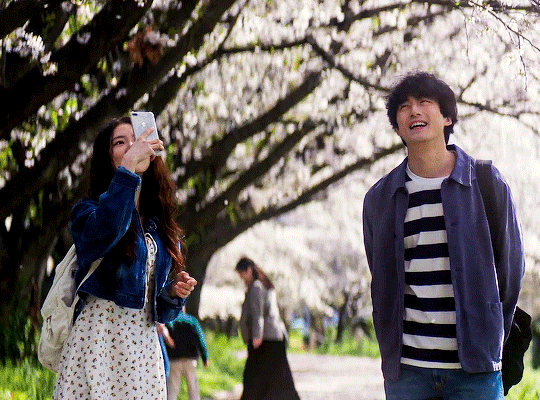
deokmis
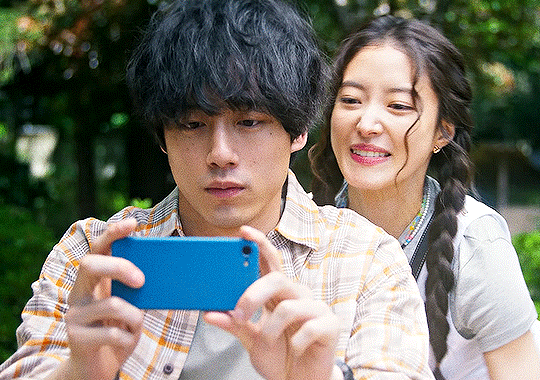
lansjue
The drama alternates between present-day and flashbacks, where viewers learn the love story of the main leads from five years ago and their reunion in the present as old lovers. To enhance the viewing experience, it’s crucial to distinguish clearly between the timelines. One brilliant aspect of “What Comes After Love” is that, instead of relying solely on texts like “five years ago” and “present,” it uses different tones and saturations to indicate time.
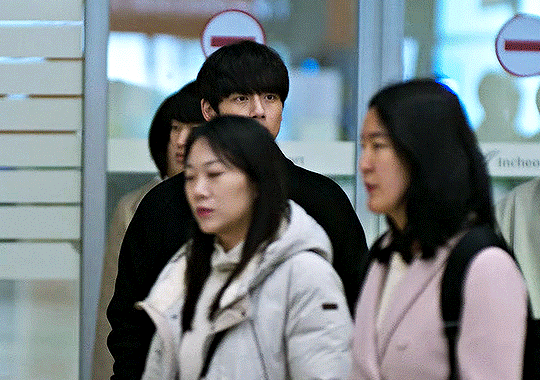
lansjue
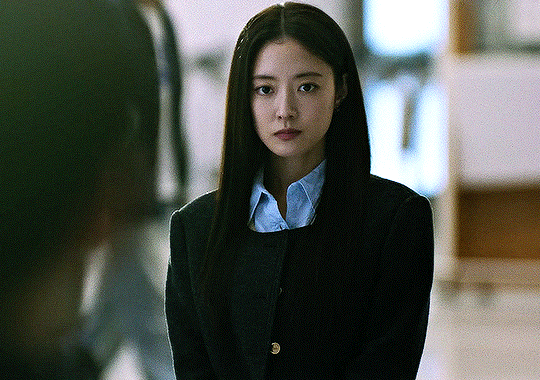
lansjue
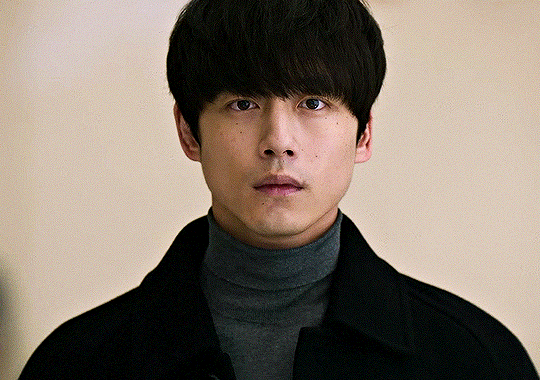
lansjue
In the past scenes, the creators employ brighter tones and higher saturation, with a slight blur to evoke feelings of nostalgia, youth, and the warmth of being in love. In contrast, the present-day scenes are in high-definition and slightly desaturated, reflecting the loss of happiness after their breakup.
Another artistic choice, which may or may not be used in future episodes, is the use of seasons to reflect the characters’ emotions. The past, where the leads fall in love, is set in warm, vibrant summer and spring, mirroring the beauty of love. Meanwhile, the present unfolds in winter, cold and harsh like the loneliness after heartbreak.
Liked: Palpable chemistry
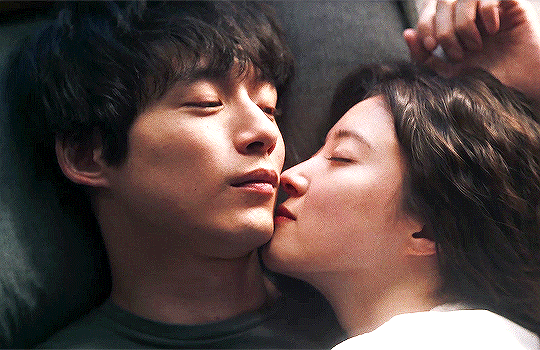
thiscoldheart
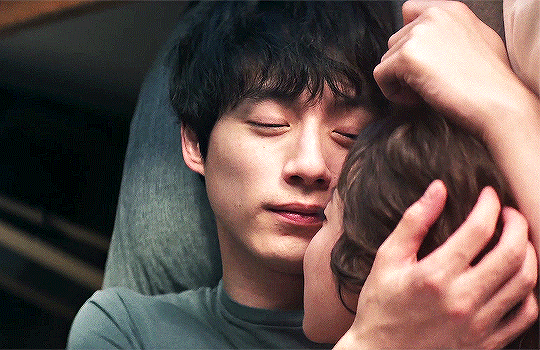
thiscoldheart
Intimate scenes, such as kissing, are often fiery regardless of the actors or characters. But true chemistry shines when the characters are simply in each other’s presence, with romantic tension still radiating through the screen. Hong and Jungo have this kind of chemistry.
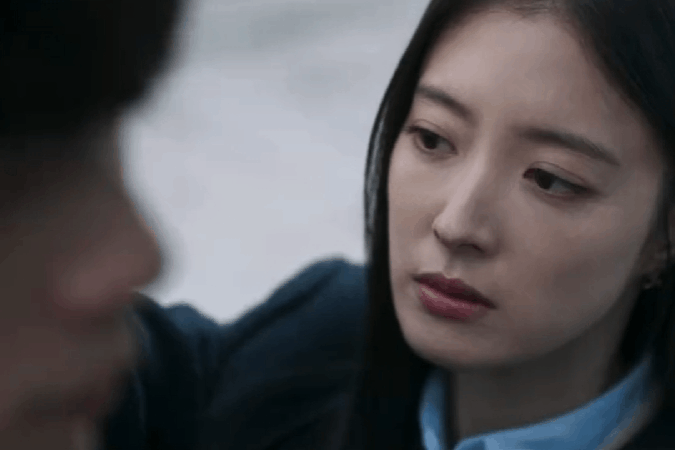
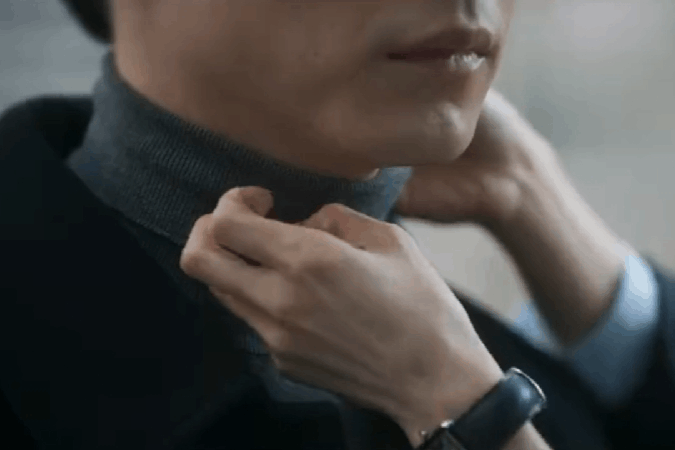
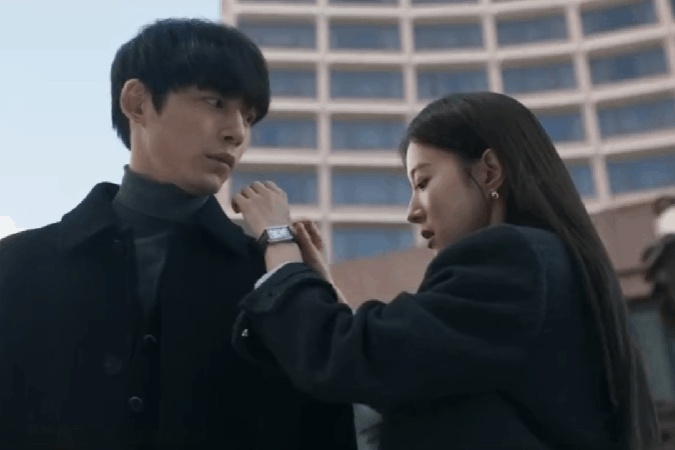
Both actors deliver subtle yet powerful performances in both the past and present scenes, showing how deeply the characters yearn for each other and how much love they still harbor in their hearts. Even without dialogue, their gazes alone are enough to convey that the characters were, and still are, deeply in love.
For example, in one scene, Hong is asked to straighten Jungo’s collar. From her face, it’s clear she would rather be anywhere else than standing inches away from him—not because she hates him, but because she can’t help still loving him. Her slow, defeated walk and her eyes avoiding his gaze speaks volumes. Even without a flashback, it’s evident there are a thousand thoughts racing through her mind. Similarly, in the same scene, Jungo’s eyes are filled with pain. He yearns for her, but though she’s physically near, her heart feels out of reach.
Liked: Lovable side characters
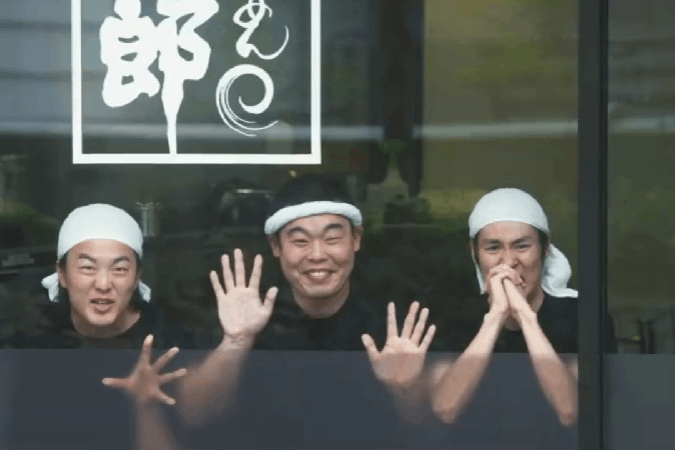
Although Hong and Jungo first meet on a random street in Tokyo, they grow closer while working on the same street—Hong in a ramen restaurant, and Jungo in a food truck parked outside the restaurant. The employees and owner of the ramen shop are an absolute delight, acting as the couple’s biggest shippers. While they have already fulfilled their role in bringing the two leads together, hopefully we can see more of them in future episodes, as their charming personalities provide a breath of fresh air amid the heavier present-day scenes.
Disliked: Only six episodes
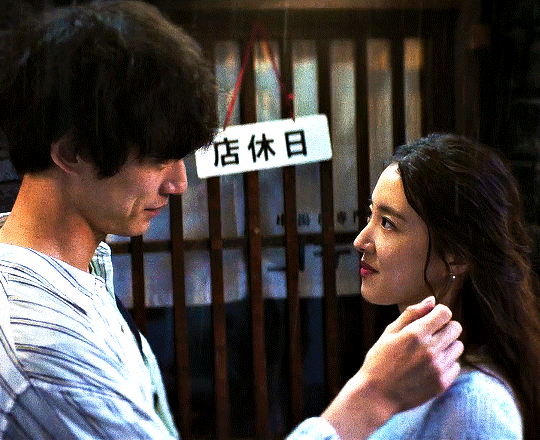
mostlyfate
A six-episode drama is often perfect for a cozy autumn binge-watch. However, given the palpable chemistry between the leads, the post-show withdrawal is going to hit harder than usual. With only one week left until the finale, it’s tough to accept that we’ll soon say goodbye to Hong and Jungo. That said, some stories don’t need to be long. Since “What Comes After Love” is based on a book, if there isn’t enough material for a 16-episode drama, it’s better to wrap things up neatly rather than drag the story out with filler episodes. So while the short episode count may be in the “disliked” category, the decision is understandable.
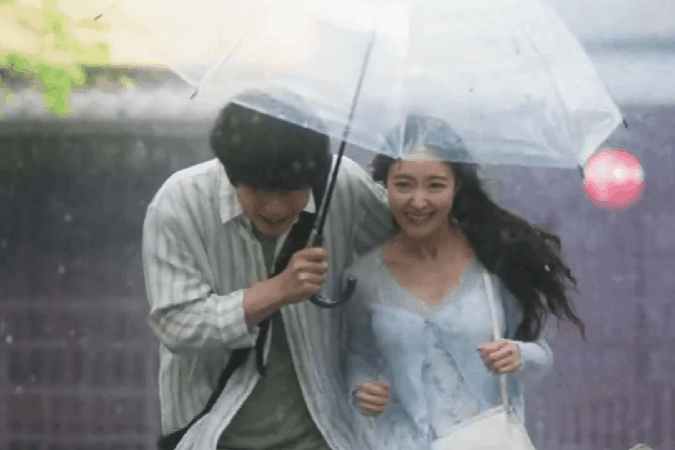
source: Soompi
Other Articles
-
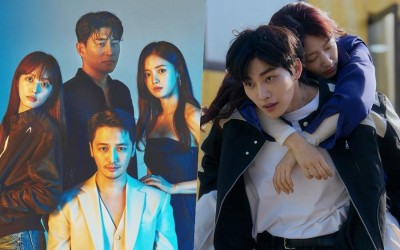
"Black Out" Ends On Its Highest Ratings Yet Amid Stiff Competition From "The Judge From Hell"
-
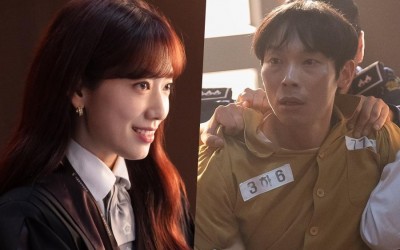
Park Shin Hye Flaunts A Wicked Smile At A Rampaging Sinner In "The Judge From Hell"
-
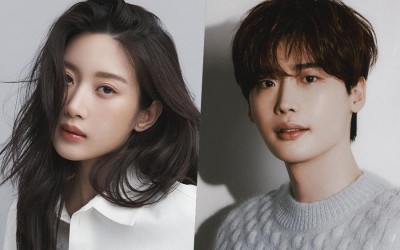
Moon Ga Young Joins Lee Jong Suk In Talks For New Drama
-
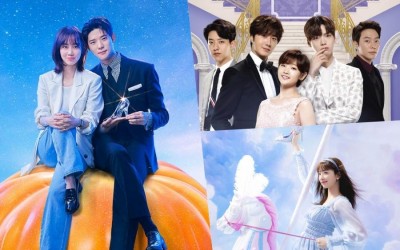
5 Fairy Tale-Like K-Dramas To Watch If You Miss "Cinderella At 2AM"
-
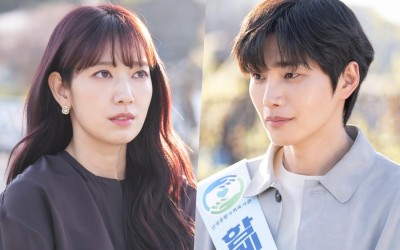
Park Shin Hye And Kim Jae Young Have A Precarious Relationship In "The Judge From Hell"
-
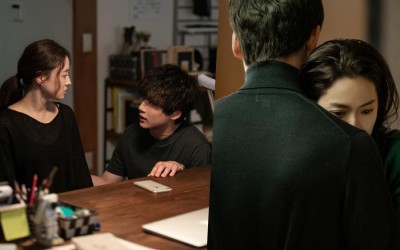
Lee Se Young And Sakaguchi Kentaro Feel The Aftermath Of Their Relationship In "What Comes After Love"
-
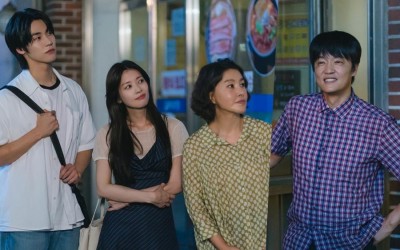
Jung So Min, Lee Seung Hyub, Park Ji Young, And More Support Jo Han Chul's Retirement In "Love Next Door"
-
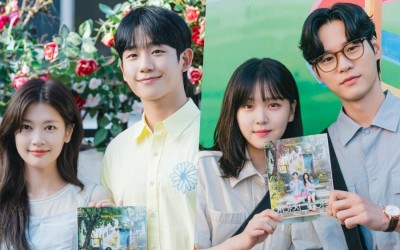
"Love Next Door" Cast Bids Farewell To Drama With Final Remarks
-
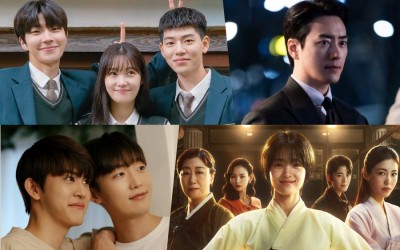
12+ New K-Dramas To Check Out In October 2024
-
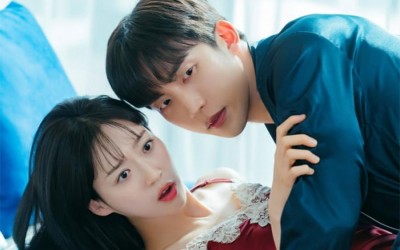
Han Ji Hyun And Lee Sang Yi Share Intimate Moment Before Startling Twist In “No Gain No Love” Spin-Off “Spice Up Our Love”
-
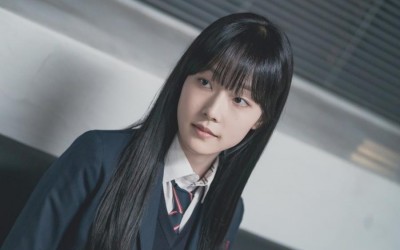
Chae Won Bin Is Hiding A Secret From Her Father Han Suk Kyu In New Psychological Thriller Drama "Doubt"
-
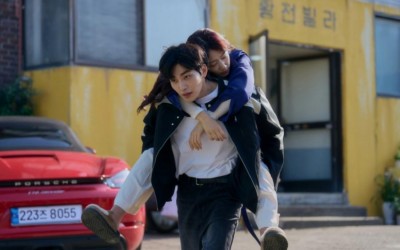
Kim Jae Young Carries Park Shin Hye To The ER After She Collapses In "The Judge From Hell"
Genres
- Accident
- Action
- Adventure
- Alien
- Amnesia
- Ancient legend
- Animals
- Animation
- Arthouse
- Artificial Intelligence
- Award Winning
- Based on a Comic
- Based on True Story
- Betrayal
- Biography
- BL
- Bodyguard
- Bromance
- Business
- Chambara
- Childhood
- Christmas
- Cohabitation
- Cold Man
- Coma
- Comedy
- Concert
- Conglomerate
- Conspiracy
- Contract Relationship
- Corruption
- Crime
- Criminal
- Curse
- Dance
- Deity
- Demon
- Detective
- Disability
- Disaster
- Documentary
- Drama
- Eastern
- Educational
- Entertainment
- Environment
- Erotica
- Espionage
- Exorcism
- Exploitation
- Fairy
- Family
- Fantasy
- Fashion
- Feminism
- Food
- Foreign
- Friendship
- Game Developer
- Gangster
- Geishas
- Gore
- Goryeo Dynasty
- Grudge
- Gumiho
- Harem
- Hidden Identity
- Historical
- Horror
- Hostage
- Human
- Hypnotism
- Idol Drama
- Indie
- Instructional
- Investigation
- Jidai Geki
- Josei
- Kidnapping
- Kung Fu
- Law
- legal
- Lesbian
- LGBTQ+
- life
- Love Triangle
- Mafia
- Magic
- Manga
- Manhua
- Martial Arts
- Mature
- Medical
- melodrama
- Mermaid
- Military
- Miniseries
- Misunderstanding
- Monster
- Murder
- Music
- Musical
- Mystery
- Mythology
- Nature
- Neighbours
- Noir
- Novel
- Omnibus
- One shot
- Parody
- Phobia
- Poison
- police
- political
- Power Struggle
- Prison
- Professional
- Programmer
- psychiatry
- Psychological
- Reality
- Reality Show
- Reality TV
- Rebellion
- Religion
- Remake
- Republic
- Resurrection
- Revenge
- Rich Man
- Robot
- Romance
- RPG
- Rural
- Samurai
- Scholar
- School
- Sci-fi
- Seinen
- Serial Killer
- Short
- Sismance
- Sitcom
- Slapstick
- Slice of Life
- Society
- Soulmates
- Sports
- Supernatural
- Survival
- Suspense
- Swordsman
- Taiga drama
- Teamwork
- Tearjerker
- Teen
- Terrorist
- Thief
- Thriller
- Time Travel
- Tokusatsu
- Tomboy
- Tragedy
- Tragic Past
- Transmigration
- Trauma
- Treason
- Triad
- Underworld
- Unrequited Love
- urban drama
- Vampire
- Variety
- Variety show
- War
- Warrior
- Web Series
- Webtoon
- Werewolf
- Western
- Witch
- Workplace
- Wuxia
- Yakuza
- Yaoi
- Youth
- Yuri
- Zombie

